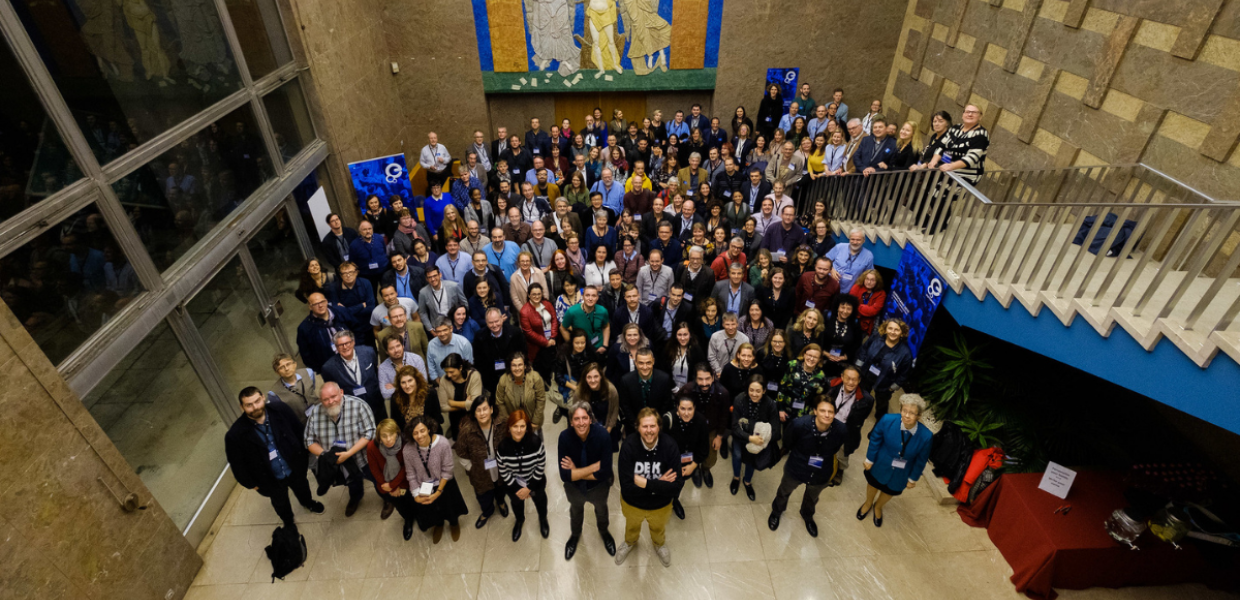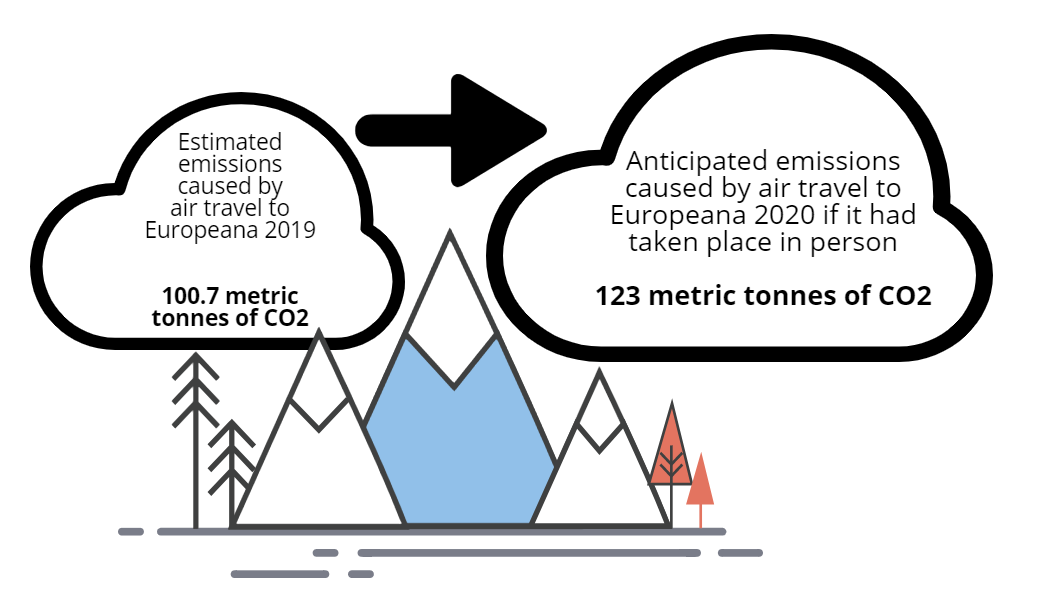The impact assessment of Europeana 2019 was our first in-depth look at one of our annual conferences, offering us a snapshot into life pre-COVID-19 and setting in place a baseline for assessing our first all-digital conference, Europeana 2020. How did the two events compare?
Building communities
‘Connect communities’ was the theme of Europeana 2019, and unsurprisingly, professional network growth was the strongest outcome for attendees and for 89% of those surveyed who had been to past conferences. We also measured network development, finding that participants at Europeana 2019 made a median average of seven new contacts, and anticipated that they may work in future with around three of these people. In comparison, this declined to three and one respectively for Europeana 2020 attendees. Network development was not a core objective of Europeana 2020, so this in itself isn’t surprising.
What Europeana 2020 helped to create - despite the online format and despite participants creating fewer new contacts - was a sense of community. 74% of participants felt like part of a community around digital cultural heritage - a 5% increase from 2019. Having had a tough year, we were thrilled to see that 86% of participants reported enjoying themselves as a top outcome of their participation.
Increasing accessibility and growing the Network
The digital format of Europeana 2020 meant that almost 1,000 people attended from 60 countries across the world, in comparison to 238 participants from 38 countries in 2019.
Some participants who attended Europeana 2020 might not have been able to attend had the conference not been digital, with travel, cost and limitations on attendance being potential barriers. The digital format was also more flexible because participants could pick and choose the parts of the event which were most relevant for them.
At Europeana 2019, we estimated that fewer than 15% of attendees were non-Network members. The increased accessibility of Europeana 2020 meant that this increased to 48% just one year later. Importantly, 69% of non-Network members agreed that the conference had motivated them to become members.





